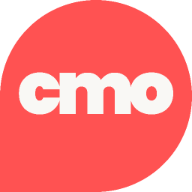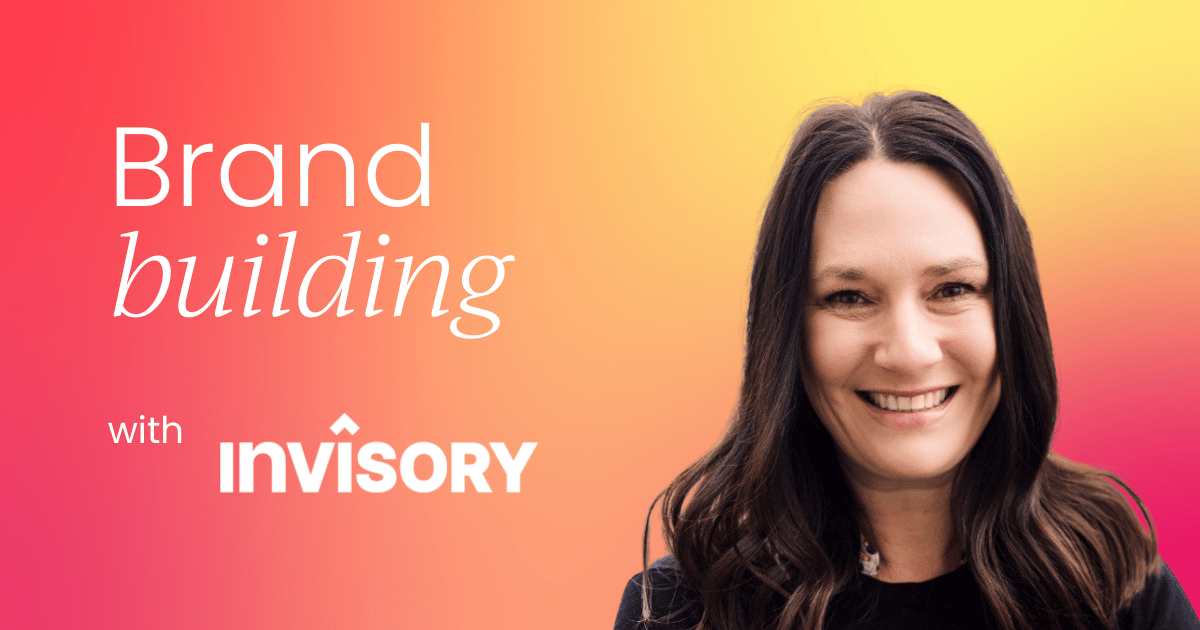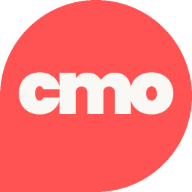Building a brand is a daunting task, especially if you're the first marketer in the room. You find yourself staring at a blank slate, wondering where to even begin.
The good news is, you don't need a massive team or a huge budget to succeed. The key is to embrace a mindset of learning, experimenting, and finding your people.
In this article, you’ll discover the lessons I learned from stepping into the CMO role and building Invisory’s brand from the ground up. From rebranding in a brand-new category, to creating scrappy content that scaled, and building a small but mighty team, I’ll share what worked, what didn’t, and what I learned along the way.
From zero to CMO
I became CMO of Invisory almost by accident. I was working with a consultancy, helping independent software vendors (ISVs) go to market in the Salesforce ecosystem.
Then one day, I got a call; we were being acquired by a company that had built a software platform to help ISVs go to market with Azure, AWS, Google, and Salesforce. Coming from a product marketing (PMM) background, I was excited. I thought, “Yes! I get to go back to product.”
The company that acquired us was only about six months old. There were a couple of sales reps, some product folks, and a consultant who’d leaned heavily on navy blue in our branding. The logo was static, the website sparse.
Our tech stack? Salesforce and SalesLoft. I asked, “Who are you marketing to? Who are you talking to?” The answer: “We’ve got a list, and we’re on LinkedIn.”
Clearly, there was a lot of work to do – and I was excited to dive in.
The first six months: Learning and laying the foundation
My first six months at Invisory were about getting my bearings. I hadn’t created a product I was already passionate about; instead, I had to learn what this company actually did and build my passion as I went.
We were in a super new category – so new that it didn’t even have a name until last year, when G2 started calling it cloud GTM platforms. That meant we were trying to define a space while also competing against an established player who’d been around for six or seven years – plus, we had a scrappy, well-funded startup hot on our heels.
To survive, we needed to understand our space and our competitors quickly.
Rebranding to make an impression
One of the first things we tackled was a rebrand. The all-navy look wasn’t helping us stand out, and the capital V in our logo often tripped people up. Our name is Invisory (rhymes with “advisory”), but that V sometimes led to “in-visory,” which sounded a little too close to “misery” – not exactly the association we wanted!
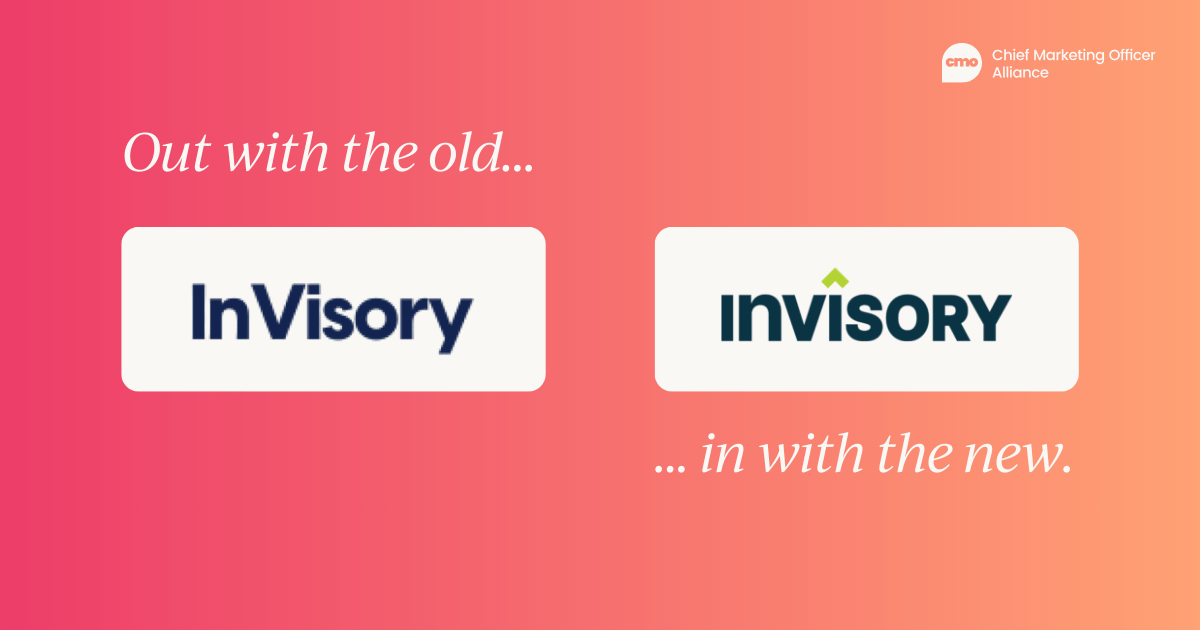
So, we rebranded. That meant replatforming, redesigning, reimagining, and remessaging all at once.
Defining our North Star
As we worked through the rebrand, I quickly realized that everyone in our space was focused on the technical side – things like APIs, integrations, and the engineering work needed to get listed on marketplaces.
What nobody was talking about was what happens after you’re listed. How do you go to market? How do you stand out to giants like Google or Salesforce as a smaller company? There was our opportunity. Instead of leaning on features, functions, and the “speeds and feeds,” we wanted our messaging to focus on the real struggles this audience was facing.
The challenge of getting listed was just step one. The bigger challenge – and the one we wanted to solve – was helping them succeed once they were there. That idea – moving companies from listing to lasting success – became our North Star.
Building the messaging playbook
To bring that North Star to life, I created what I called a hookbook – a messaging playbook that captured our story and how to tell it. At this point, it’s probably 120 slides deep. It covers everything from our elevator pitch to our “Uber ride” pitch – basically, how to explain what we do in five minutes, ten minutes, or less.
It also defined our ICP, our personas, what they cared about, what they struggled with, and how to talk to them across industries. This playbook became the foundation for how we built our audience.

Finding better ways to reach our audience
Remember when I said our tech stack was just Salesforce and SalesLoft? Notice what’s missing: marketing automation. I asked how we were planning to actually talk to people, and learned that the plan was to simply buy a list of prospects and start sending emails.
My reaction? Absolutely not. That’s not how we were going to build this brand.
Instead, we needed to position ourselves as the helpful guide. That meant offering tips, tricks, and practical guidance – showing people how to succeed in cloud marketplaces before they even came to us as prospects.
Our new mantra: be helpful first.






.png)



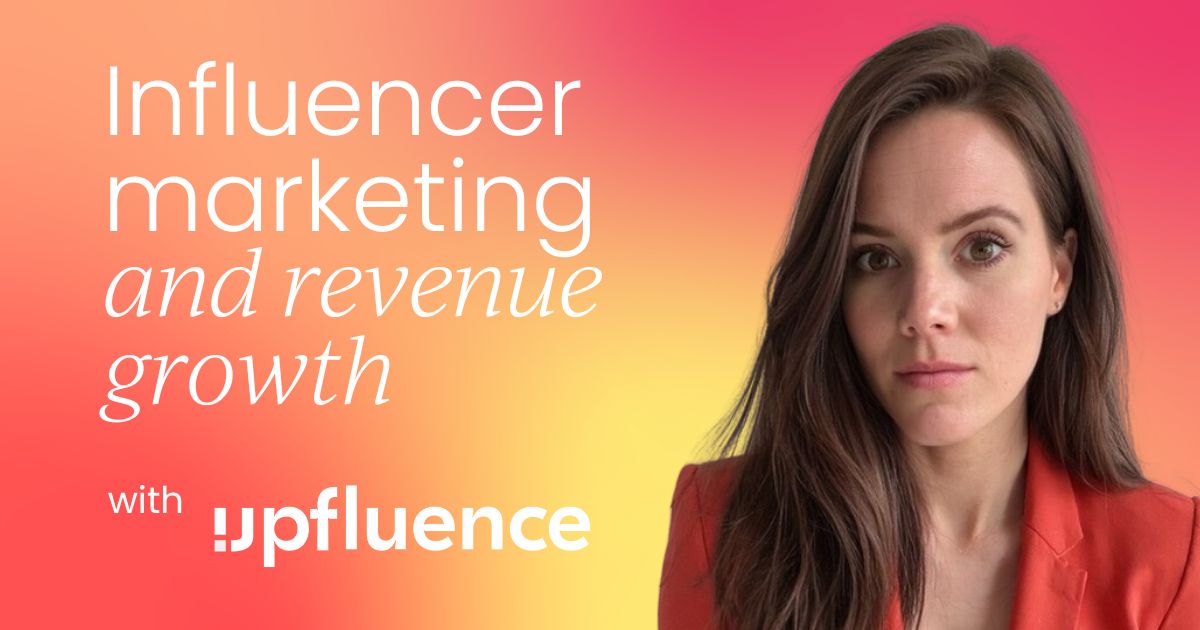
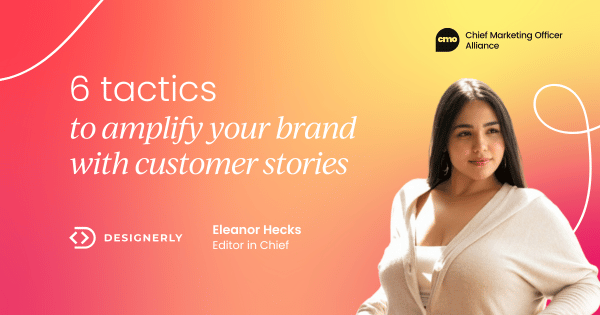




 Follow us on LinkedIn
Follow us on LinkedIn